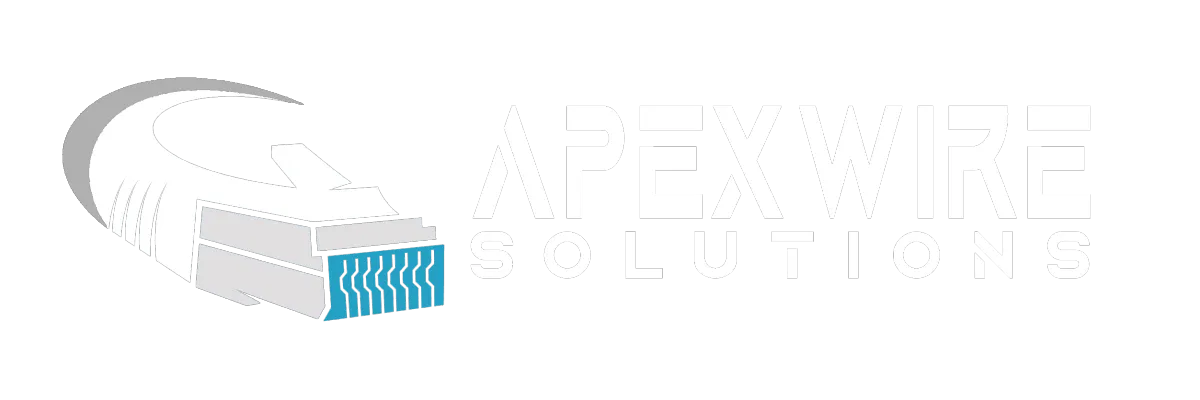

See Our Latest Blogs
understand what we are passionate about

Wireless Networks
Navigating Enterprise Wireless Networks
Use Cases and Classifications of Mesh, Point-to-Point, and Point-to-Multi-Point
In today's hyperconnected world, enterprise wireless networks have become the lifeblood of businesses, ensuring seamless communication, data transfer, and accessibility. Within this realm, three key wireless networking architectures—Mesh, Point-to-Point (PtP), and Point-to-Multi-Point (PtMP)—have emerged as vital tools. This article explores these classifications, highlighting their distinct use cases and the advantages they offer in the dynamic landscape of enterprise connectivity.

Is your system up to date? 👊
Wireless Networking in the Enterprise: A Game Changer
Wireless networks in the enterprise have evolved from convenient options to mission-critical components of business operations. They not only provide connectivity but also enable mobility, scalability, and flexibility. Understanding the different classifications and their applications is essential to harness the full potential of these networks.
Mesh Networking: Blanketing Connectivity
Use Cases:
Redundancy and Resilience: Mesh networks are designed to be robust. They automatically reroute data through multiple paths, ensuring continuous connectivity even if a node or link fails. This makes them ideal for businesses that cannot afford network downtime, such as data centers or hospitals.
Large Areas with Complex Topologies: Mesh networks shine when covering expansive areas with irregular layouts, like outdoor venues, warehouses, or industrial complexes. They adapt to diverse environments, providing uniform coverage.
Scalability: As businesses grow, mesh networks can easily expand by adding nodes, making them suitable for dynamic enterprises with evolving connectivity needs.
Point-to-Point (PtP) Connectivity: Linking Two Points Seamlessly
Use Cases:
High-Speed Data Transfer: PtP connections are dedicated links between two specific locations, ensuring high-speed, low-latency data transfer. They are indispensable for scenarios such as interconnecting buildings, transmitting data between data centers, or linking remote offices.
Security and Isolation: PtP connections provide a secure and private channel, making them ideal for transmitting sensitive data. They prevent eavesdropping and interference, ensuring data integrity.
Backhaul for PtMP Networks: PtP links often serve as backhaul connections for PtMP networks, enabling centralized management and distribution of data to multiple locations from a single source.
Point-to-Multi-Point (PtMP) Networks: Connecting the Many to the One
Use Cases:
Last-Mile Connectivity: PtMP networks are commonly used by Internet Service Providers (ISPs) to deliver broadband connectivity to multiple customers or remote areas from a central base station. They are cost-effective and efficient for serving dispersed communities.
Campus and Enterprise Connectivity: Large campuses, educational institutions, and enterprises use PtMP networks to provide wireless access to numerous users across various buildings or departments from a single infrastructure.
Surveillance and Monitoring: PtMP networks are integral for video surveillance systems. They allow multiple cameras to transmit data to a central monitoring station, providing real-time insights for security and surveillance applications.
Conclusion
Enterprise wireless networks are not one-size-fits-all solutions; they are versatile tools designed to address specific connectivity challenges. Mesh, Point-to-Point, and Point-to-Multi-Point networks each offer unique advantages that cater to distinct use cases and business requirements. Understanding the strengths of these wireless networking classifications empowers enterprises to design and deploy networks that are reliable, scalable, and capable of meeting the demands of today's digital landscape. Whether it's ensuring data redundancy, linking remote offices, or connecting dispersed communities, choosing the right wireless architecture can be a strategic move that enhances productivity and connectivity while future-proofing your enterprise's networking infrastructure. For resilient, reliable, and cost-effective solutions, businesses seeking top-tier expertise should turn to the proficient hands of ApexWire Solutions.






